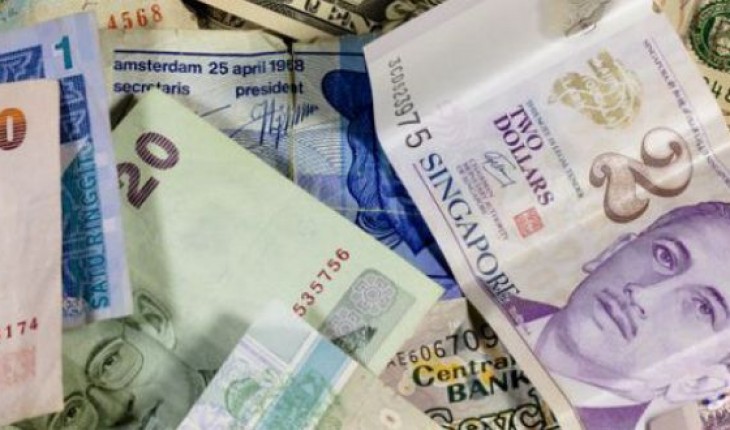A fistful of dollars
The dollar is one of the most common currencies in the world used by the US, Australia, Canada, Fiji, New Zealand, and Singapore to name a few. The origin of the dollar, also the Slovenian tolar, is from a coin called the Joachimsthaler, shortened to Thaler (or daler in early Flemish or Low German), named after the valley in which the silver it was made from was mined, the Joachimsthal, literally ‘Joachim’s valley’. The term began to be used in other languages, especially Dutch, and was later applied to the most widely used coin in the American colonies. In 1792, it was adopted as the name of the US monetary unit.
All that glitters is not gold
Many countries use the dinar, which comes from the Latin denarius, an ancient Roman silver coin: Jordanian dinar, Algerian dinar, Serbian dinar, and Kuwaiti dinar among others. The Indian and Pakistani rupee derives from the Sanskrit rupya meaning ‘wrought silver’, which is also the origin of the Indonesian rupiah.
The South African rand is named after the Witwatersrand, the area around Johannesburg known for its gold deposits, while Poland uses the zloty which means ‘golden’ in Polish. The Hungarian forint comes from the Italian fiorino, originally the name of a gold coin from Florence, Italy with a flower (Italian fiore) stamped on it. The British coin the florin (used until 1971) has the same origin.
Serrated edges on coins became popular when coins were made of precious metals like gold and silver because the ridges made it harder for people to scrape off metal and devalue the coins. The Malaysian ringgit is from the Malay for ‘jagged’ and refers to the serrated edges of the Spanish silver dollars used as currency in Malaysia before the ringgit was introduced.
Doing the rounds
Chinese yuan 元, Japanese yen 円, and Korean won 원, all originate from the Chinese character 圓 meaning ‘round’ or ‘round coin’. Although in English, we speak about the Hong Kong dollar or the New Taiwan dollar, in Chinese these are referred to as yuán 圓. Likewise, in Chinese, ‘dollar’ is translated as ‘yuan’, so the US dollar or měiyuán 美元 is literally ‘American yuan’ in Chinese.
Royal crown
Many Scandinavian countries use currency whose name is ultimately derived from the Latin corona meaning ‘crown’: Swedish krona, Norwegian krone, Danish krone, Icelandic króna as well as the Estonian kroon (now replaced by the Euro) and the Czech koruna. The Spanish real, a former currency of Spain derived from the Latin regalis meaning ‘royal’ which is the origin of a number of Middle Eastern currencies such as the Omani and Iranian rial, and the Qatari, Saudi, and Yemeni riyal.
A weighty subject
Although the Germans and the Finns use the Euro now, their former currencies the German mark and the Finnish markka, both have their origin in units of weight. While the Spanish peso meaning ‘weight’ in Spanish, is also no longer used in Spain, it lives on as the currency of Mexico, Argentina, the Philippines, Chile, Uruguay, the Dominican Republic, Cuba, and Colombia. The Russian ruble or рубль, also used in Belarus, was originally a measure of weight used for silver. The British pound (or pound sterling) comes from the Latin pondus ‘weight’ (sterling probably originally from Middle English meaning ‘little star’ because there was a star on early Norman coins). The Italian and Turkish lira also have their origins in units of weight from the Latin libra meaning ‘pound’.
Source: OxfordWords




